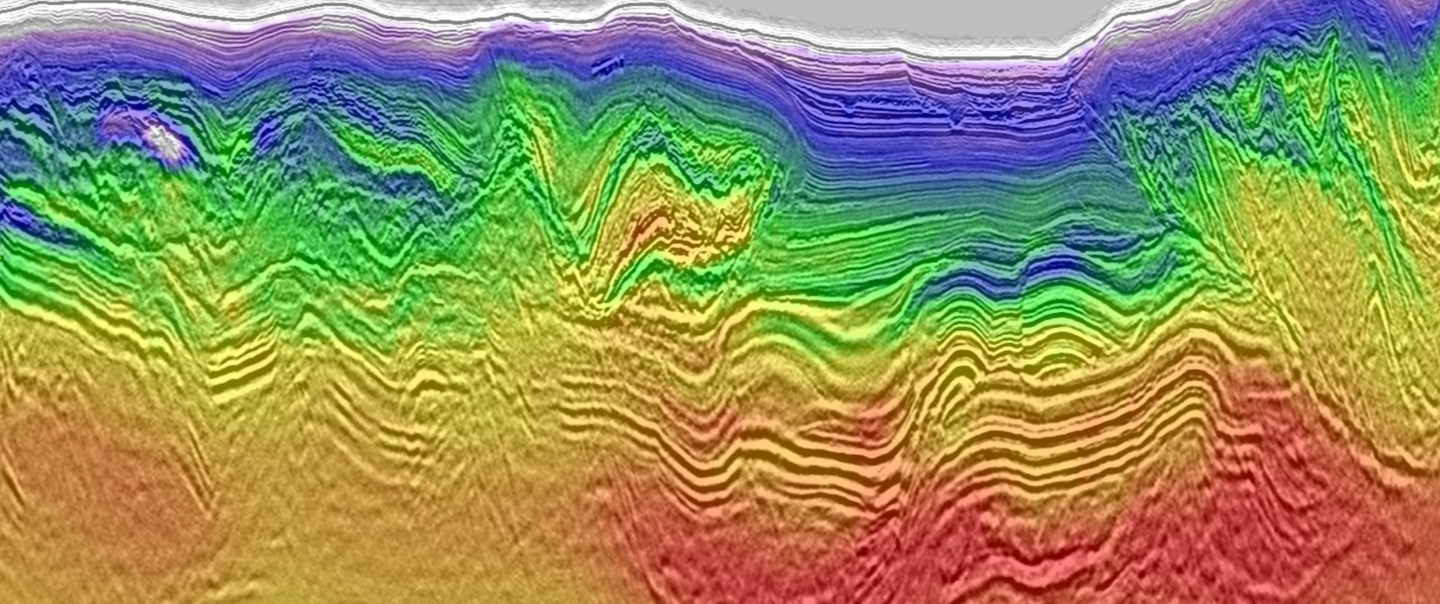This article describes three different approaches for analyzing surface waves, their ideal applications, and recommendations for selecting the most suitable method.
Multichannel Analysis of Surface Waves
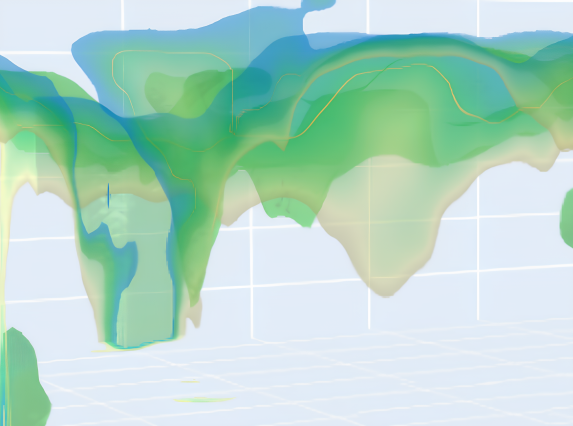
MASW is a geophysical characterization method that analyzes surface waves generated by an active seismic source. Developed about twenty years ago, MASW has greatly contributed to soil investigations by providing reliable, relatively fast shear-wave velocity (Vs) profiles. However, the inherent limitations of active-source acquisition, such as limited investigation depth, logistical constraints, and variable signal quality, have led researchers and industry professionals to explore new approaches.
Over the past decade, more advanced solutions have emerged, particularly those based on passive seismic methods. These techniques use natural or anthropogenic vibrations from the environment to allow for deeper and often more accurate subsurface imaging. Recent innovations, such as hybrid passive seismic methods or passive seismic techniques using surface waves generated by passing trains, open up new possibilities. Designed and developed by Sercel, these technologies represent a major step forward by combining ease of deployment, increased investigation depth, and optimized data quality.
1. Ambient Noise Tomography (ANT)
Conventional ANT uses naturally occurring vibrations, or ambient seismic noise, to extract surface-wave information. Cross-correlating long time series recorded at different stations turns the coherent part of the seismic noise (usually dominated by microseisms, wind, ocean waves, or anthropogenic activity) into virtual seismic signals. This allows for the mapping of shear-wave velocities at various depths without the need for an active source.
Benefits:
- No source management
- Automated processing
- 2D or 3D image
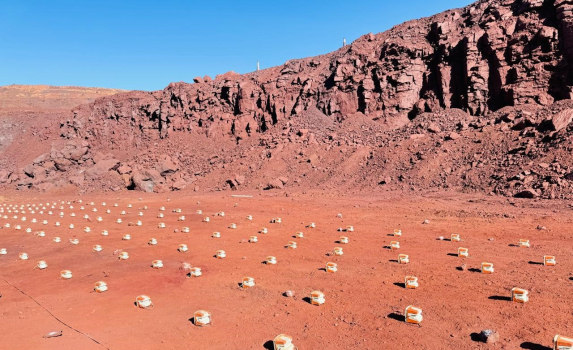
2. Train-Induced Surface-Waves
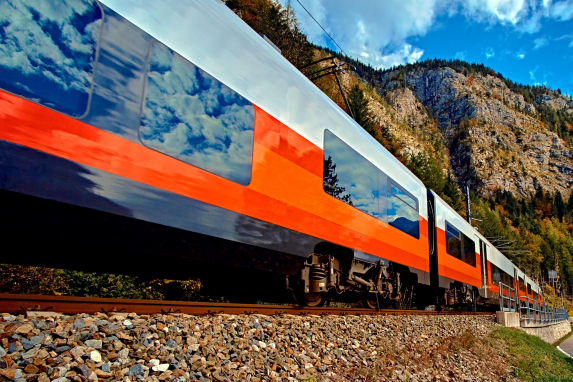
Railway traffic generates strong, repeatable ground vibrations that act as a “free” seismic source. These surface waves are energetic and repeatable, making them useful for seismic monitoring along railway corridors. These vibrations propagate as surface waves and can be recorded by nearby seismic arrays. With proper processing, train-induced waves can act as passive, but highly energetic, seismic sources. This method enables retrieval of shear-wave velocity models along rail corridors without artificial sources.
Benefits:
- Audit or monitoring
- Non-intrusive and versatile
- 2D or 3D image
3. Hybrid surface waves with uncontrolled or opportunistic sources
Hybrid seismic methods rely on uncontrolled or opportunistic, yet identifiable, local seismic sources, such as hammer blows, construction activity, or industrial machinery. Unlike Ambient Noise Tomography (ANT), which requires long data windows, or train-based methods that depend on nearby rail infrastructure, hybrid approaches take advantage of spontaneous or opportunistic sources to analyze surface waves. This makes them particularly well-suited for small-scale site investigations. Hybrid seismic methods combine active sources with passive data processing techniques.
Benefits:
- Reduced acquisition time
- Simplified operation
- 2D or 3D image
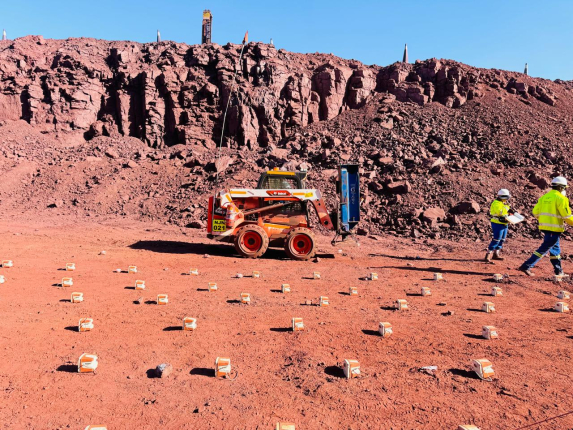
Recommendations for selecting the most effective approach
When the objective is to assess large-scale or urban seismic hazard, ambient noise tomography (ANT) is the preferred approach when controlled sources are impractical or restricted. It offers extensive coverage and reliable Vs models; however, it does require extended acquisition times.
Train-Induced surface waves should be used when working on or near railway and metro infrastructure. Trains serve as robust, reliable, and cost-free seismic sources, making this approach well-suited for corridor studies, infrastructure monitoring, and urban projects.
To ensure efficiency and cost-effectiveness, we recommend utilizing hybrid sources for local, rapid, and budget-conscious site investigations. We have the option of using opportunistic sources (such as cars, pumps, and drilling) that are suitable for industrial and noisy environments to construct fast and high-resolution images. Alternatively, we can utilize uncontrolled stimulated noise sources (e.g., hammering and vibrators) to address any calm or small areas requiring very high resolution. This method is particularly effective in scenarios where no suitable natural or anthropogenic source is available in proximity to allow for the imaging of small and precise features. This approach is the most flexible for small geotechnical projects or reconnaissance surveys, but its success depends on the availability of suitable local vibrations.
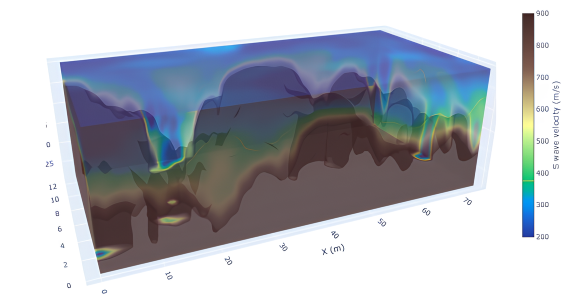
Find out more about this topic
Geophysics and Geotechnics are two Earth sciences disciplines with distinct objectives and methods, but they can complement each other in various fields of application.
Explore how Geophysics can effectively contribute to Geotechnics?
